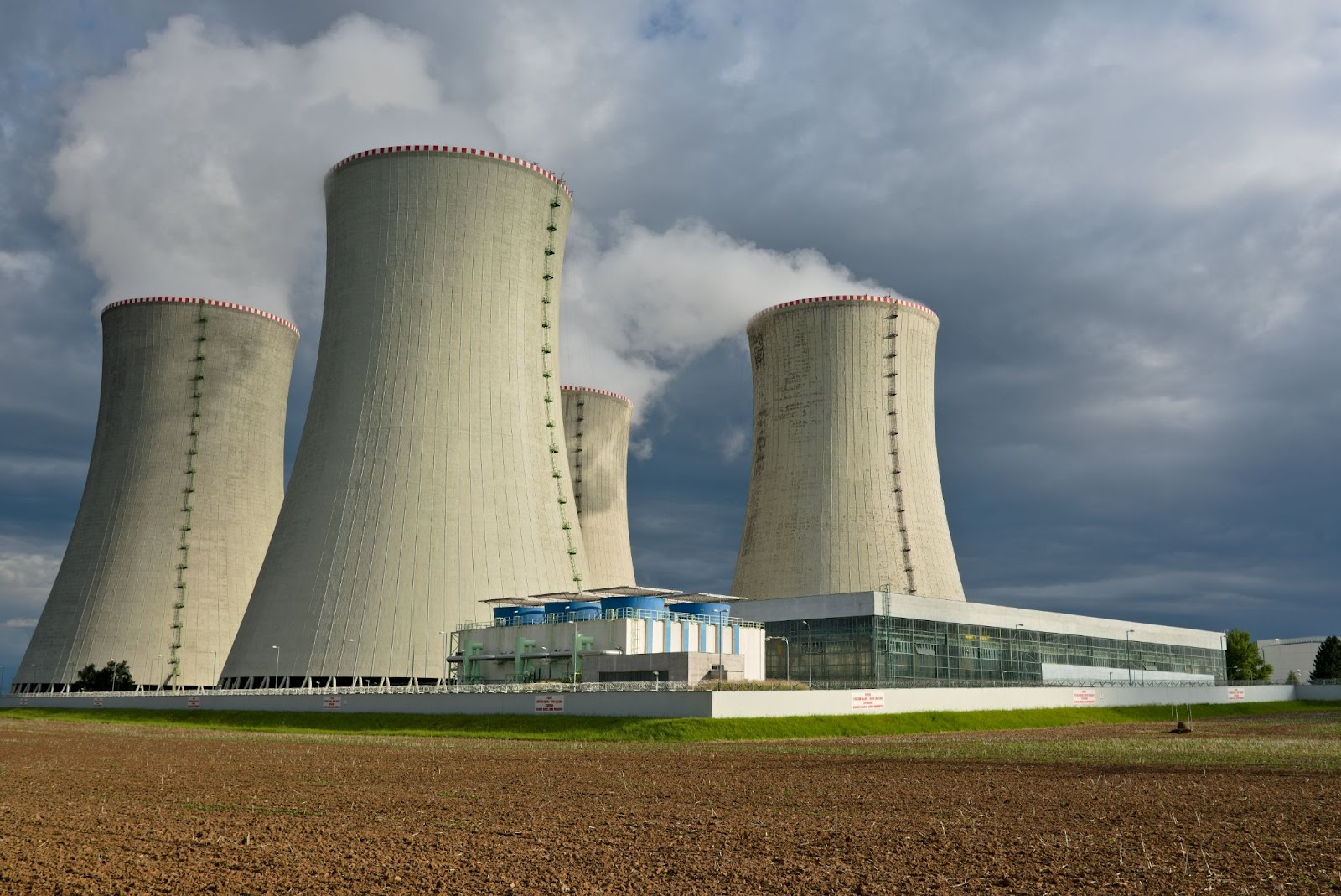The future of renewable energy is exciting and rapidly evolving. Here are some key trends to watch:
Renewable Energy Trends
- Advanced Photovoltaics: Solar energy will continue to dominate the renewable energy landscape, with innovations like perovskite materials, agrivoltaics, and floatovoltaics increasing efficiency and land-use efficiency by up to 60%. Solar capacity is expected to double by 2026, becoming the dominant source of energy in several countries.
- Artificial Intelligence and Big Data: AI and big data will revolutionize renewable energy systems, enabling predictive maintenance, forecasting energy demand and production with 95% accuracy, and optimizing grid operations. This could lead to energy savings of up to $10 billion annually.
- Energy Storage: Energy storage solutions, particularly battery technologies like lithium-ion, solid-state batteries, and flow batteries, will bridge the gap in renewable energy intermittency. Battery costs are expected to drop below $100/kWh, enabling mass adoption.
- Grid Integration Technologies: Microcontroller-based solutions will improve grid stability by 40%, while high-efficiency transmission technologies like gallium nitride and silicon carbide semiconductors will reduce transmission losses by 30%.
- Green Hydrogen: Green hydrogen production is expected to exceed 12 million tons annually by 2025, driven by declining electrolyzer costs and increasing renewable capacity. This could be a game-changer for energy storage and decarbonization.
- Wind Energy Advancements: Offshore wind installations will grow at 25% annually, with innovations in blade materials making turbines 100% recyclable. Hybrid systems combining wind, solar, and tidal energy will improve grid reliability.
- Community Solar Projects: Community solar initiatives will democratize renewable energy, enabling broader participation and promoting energy equity. These projects are expected to double by 2028, producing 13-14 GW of electricity.
- Policy Developments: Governments worldwide will continue to implement policies supporting renewable energy growth, such as tax credits, green banks, and community lenders. The US Inflation Reduction Act and the European Union’s “Fit for 55” initiative are notable examples ¹ ².
Global Outlook
- Global renewable energy capacity is projected to reach 3,000 GW by 2025, up from 2,300 GW in 2023.
- Renewables are expected to account for over 90% of the electricity capacity added globally by 2028.
- The renewable energy industry will continue to drive economic growth, job creation, and innovation, shaping a sustainable energy future


